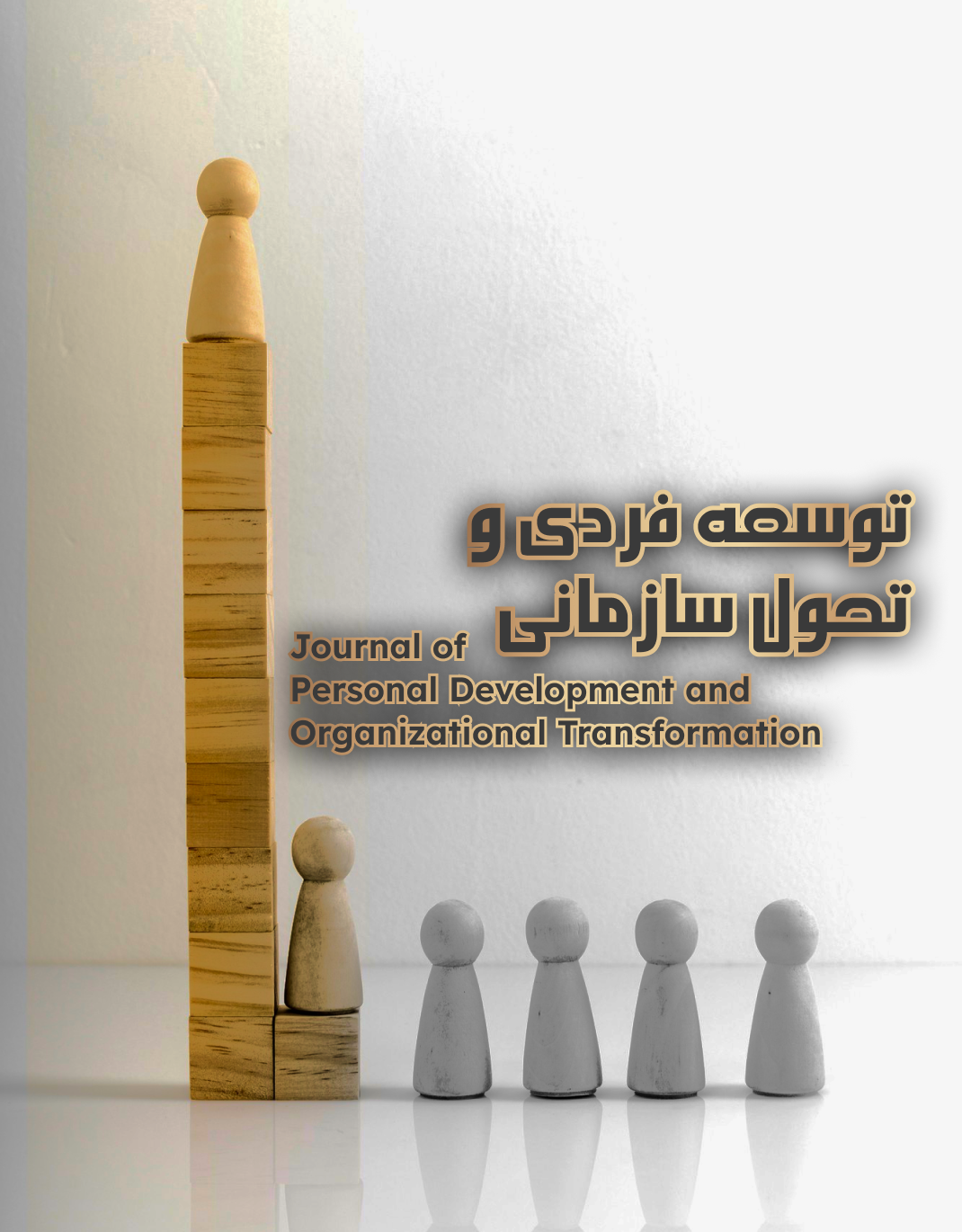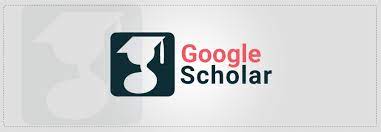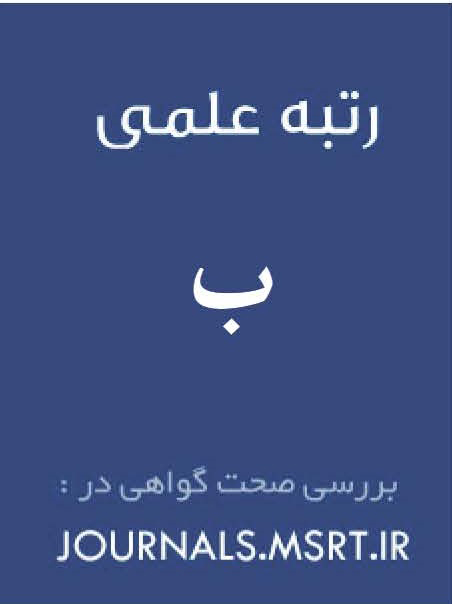طراحی روابط درونی بین ابعاد رفتار سازمانی چند فرهنگی در سازمانهای دولتی
کلمات کلیدی:
بخش دولتی, فرهنگ سازمانی انعطافپذیر, رفتار سازمانی چند فرهنگیچکیده
هدف اصلی تحقیق حاضر طراحی روابط درونی بین ابعاد رفتار سازمانی چند فرهنگی در سازمانهای دولتی با استفاده از مدل سازی ساختاری تفسیری (ISM) است. در این پژوهش با استفاده از روش نمونه گیری هدفمند 15 متخصص در حوزه مدیریت دولتی و رفتار سازمانی که در زمینه رفتار سازمانی چند فرهنگی در بخش دولتی صاحب اثر بودند به عنوان نمونه آماری تحقیق انتخاب شدند که به روش مدل سازی ساختاری تفسیری (ISM) روابط درونی بین مولفههای تحقیق شناسایی شدند. یافتههای تحقیق نشان داد بُعد متغیر فرهنگ سازمانی انعطافپذیر به عنوان مبنای مدل بوده و بر سه متغیر دیگر اثر گذار است. بین آموزش مستمر و چند سطحی و ارتباطات موثر نیز روابط دو طرفهای مشاهده شده است و این دو متغیر در سطح دوم قرار دارند که بر مدیریت نخبگان چندفرهنگی تاثیر دارند. بنابراین، عدم توجه به رفتار سازمانی چند فرهنگی و فقدان تنوع در محیطهای دولتی پیامدهای منفی از جمله افزایش تبعیض، و تأثیر منفی بر روحیه کارکنان و اعتماد ارباب رجوع را برجسته خواهد کرد.
دانلودها
مراجع
Ahmadi, M., Hosseini, M. S., & Tafazzoli, R. (2020). Examining the relationship between social capital and cultural intelligence with organizational voice among education department managers in Bashagard County. The 2nd National Conference on New Findings in Teaching and Learning in Primary Education, Bandar Abbas. https://civilica.com/doc/1115633/
Asanloo, B., & Khodami, S. (2014). Investigating the effect of cultural intelligence on culture shock, intercultural adaptation, and performance. Socio-Cultural Development Studies Quarterly, 2(4), 75-96. https://www.sid.ir/paper/246601/en
Flaspoler, B. (2014). Cultural Intelligence and Adaptation Faculty of Economics and Business Administration, Universiteit Maastricht].
Green, D. N. (2024). Organizational Behavior and Multicultural Strategies in Healthcare Organizations. Health Economics and Management Review(3). https://doi.org/10.61093/hem.2024.3-04
Ieng Lai, K., Fong, P., & Meng, L. (2025). Cross-sectional Study Reveals Moderate Professional Benefits Among Nurses in a Multicultural Healthcare System. INQUIRY: The Journal of Health Care Organization, Provision, and Financing, 62, 1-10. https://doi.org/10.1177/00469580251316966
Kaplan, R. S., & Norton, D. P. (2010). Strategy Maps, Converting Intangible Assets Into Tangible Outcomes. https://books.google.de/books?id=LzXuXXu78e0C&hl=de&source=gbs_navlinks_s
Ketemaw, A., Ayenew, Z., & Zewde, S. (2024). Managing Diversity and Multi-Cultural Collaboration: A Systematic Review. Sage Open, 1-10. https://doi.org/10.1177/21582440241273933
KiaKajouri, D., Fallah, A., Khodayari, J., & Mohammady, P. (2013). Readiness assessment of human resources (HR) for ERP implementation in governmental organization case study: The agricultural Jahad organization of Qazvin Province. Life science journal, 10(3s). http://www.lifesciencesite.com
KiaKajouri, D., & Mir Taghian Rudsari, M. (2016). Students' attitudes to the effectiveness of the factors affecting the development of e-learning (case study: Imam Khomeini Marine Science University in Nowshahr). Journal of Teaching in Marine Science. https://rmt.iranjournals.ir/article_24837.html?lang=en
Springs, D. (2022). An exploratory content analysis of human resources management in healthcare organizations. In I. M. Association (Ed.), Research Anthology on Human Resource Practices for the Modern Workforce (pp. 2092-2102). https://doi.org/10.4018/978-1-6684-3873-2.ch104






